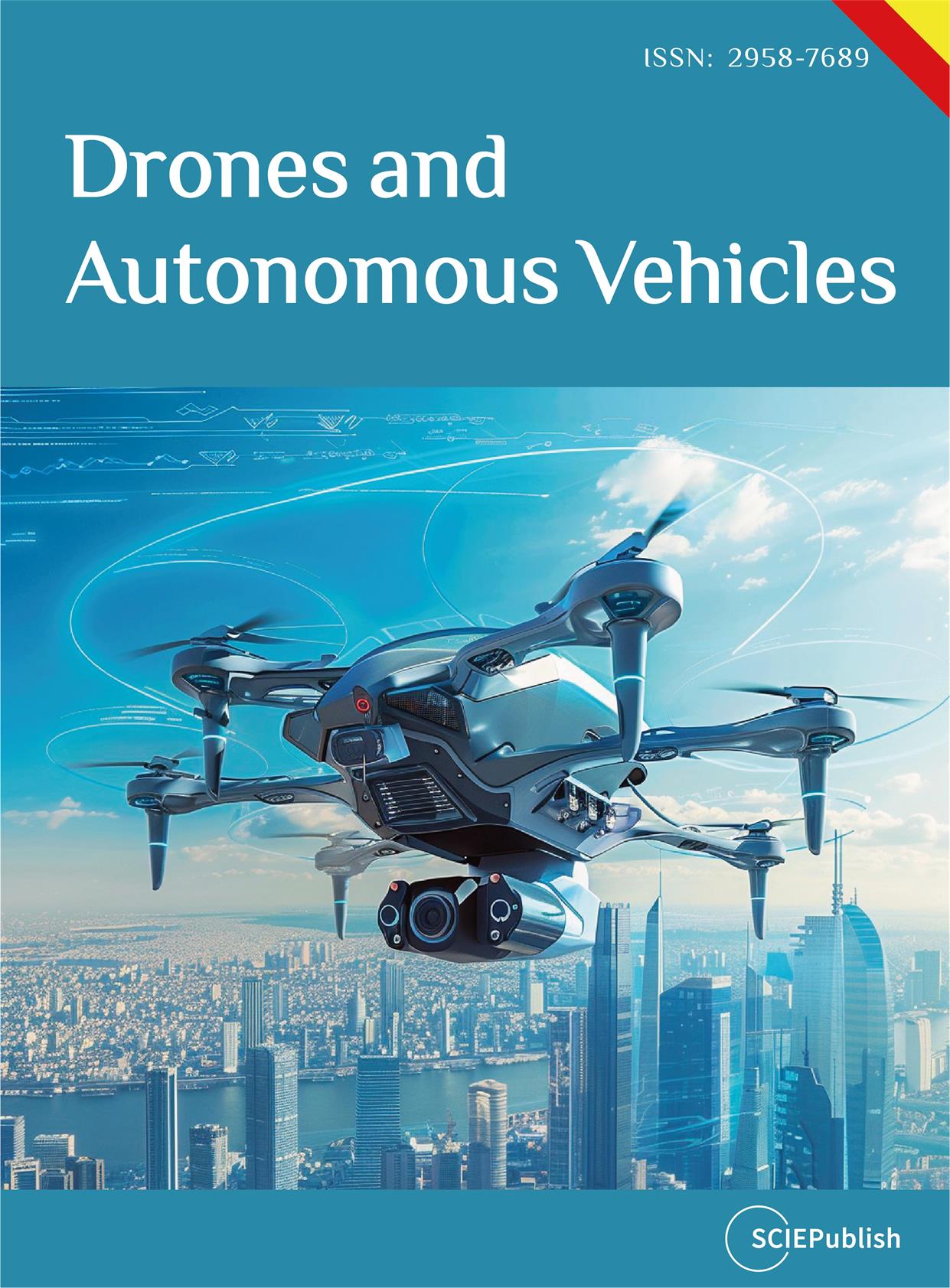Found 301 results
Open Access
Article
30 October 2025Smart Drone Neutralization: AI Driven RF Jamming and Modulation Detection with Software Defined Radio
The increasing use of wireless technologies in many aspects of people’s lives has led to a congested electromagnetic spectrum, making it critical to manage the limited available spectrum as efficiently as possible. This is particularly important for military activities such as electronic warfare, where jamming is used to disrupt enemy communication, self-attacking drones, and surveillance drones. However, current detection methods used by armed personnel, such as optical sensors and Radio Detection and Ranging (RADAR), do not include Radio Frequency (RF) analysis, which is crucial for identifying the signals used to operate drones. To combat security vulnerabilities posed by the rogue or unidentified transmitters, RF transmitters should be detected not only by the available data content of broadcasts but also by the physical properties of the transmitters. This requires faster fingerprinting and identifying procedures that extend beyond the traditional hand-engineered methods. In this paper, RF data from the drones’ remote controller is identified and collected using Software Defined Radio (SDR), a radio that employs software to perform signal-processing tasks that were previously accomplished by hardware. A deep learning model is then provided to train and detect modulation strategies utilized in drone communication and a suitable jamming strategy. This paper overviews Unmanned Aerial Vehicles (UAV) neutralization, communication signals, and Deep Learning (DL) applications. It introduces an intelligent system for modulation detection and drone jamming using Software Defined Radio (SDR). DL approaches in these areas, alongside advancements in UAV neutralization techniques, present promising research opportunities. The primary objective is to integrate recent research themes in UAV neutralization, communication signals, and Machine Learning (ML) and DL applications, delivering a more efficient and effective solution for identifying and neutralizing drones. The proposed intelligent system for modulation detection and jamming of drones based on SDR, along with deep learning approaches, holds great potential for future research in this field.

Open Access
Article
29 October 2025Solutions of Minimized Agrochemicals Input in the Post Zero-Growth Era: A State-of-the-Art Analysis of the Hengduan Mountains, China
How to further reduce the input of agrochemicals after zero-growth is an important challenge faced by mountainous areas. Up to now, the combined solution for minimized agrochemicals intervention in the post zero-growth era has not been systematically analyzed globally. Here, the Hengduan Mountain regions (HMR) in China, as a case, we estimated the turning points of agrochemicals input intensities using a quadratic equation, as well as integrating policy document analysis and literature review. Results show that the occurred timeline of fertilizer and pesticide use zero-growth in 10 municipalities (prefectures) in the HMR is relatively wide, with a distribution from 2009 to 2019, illustrating that all municipalities (prefectures) have been achieved national goals ahead of 2020 deadline. Thus, the incentive of a series of national-level policies focusing on chemical fertilizers and pesticides has proven effective in achieving the zero-growth target of agrochemicals input in the HMR. However, comparison with major mountainous countries like Germany, Italy, Portugal, Romania, Austria, and Spain etc., there are clearly many opportunities for enhancement in reducing fertilizer and pesticide uses. We present a practical route to minimize agrochemicals application in the HMR through crop rotation-based agro-biodiversity solutions, organic alternative-based soil health solutions, professionalization-based precision farming solutions, smallholder farmers’ awareness-based behavior intervention solutions, conservation reserve-based zoning solutions, etc.

Open Access
Review
29 October 2025Admixture of Amerindian, African and European Genes: Cuba, Mexico and Colombia as Study Cases
One hundred years after Columbus arrived in America in 1492, Amerindian population had fallen from 80 to 8 million in North and South America. The main causes were new microbes, slavery conditions and war. The people of San Basilio de Palenque (Colombia), close to Cartagena, in the Colombian Caribbean Coast, were established by runaway African slaves who built a refuge in San Basilio. The Spanish governors pressured the Spanish monarchs in Madrid to grant freedom to the Africans of San Basilio de Palenque, who became the first free Africans in the Americas. They speak the only Bantu-Spanish Creole and preserve African genetic traits according to HLA genes. Research also examined Cubans from Havana, showing that around 12% of the typical Amerindian HLA genes are present in Havana’s population. Cubans’ blood contains Amerindian genes in spite of that Amerindian physical traits do not exist now in the Cuban population. Amerindian HLA and other genes analyses and other cultural traits observed in Mexico—such as those of the Pacific Mayo/Yoreme and the Atlantic Huastecan/Teenek groups—suggest that the initial peopling of the American continent occurred much earlier than traditionally proposed, and that there was a bidirectional exchange of populations between the Pacific and Atlantic in relation to Europe (finding in America of European Paleolothic Solutrean traits) peoples may have occurred.
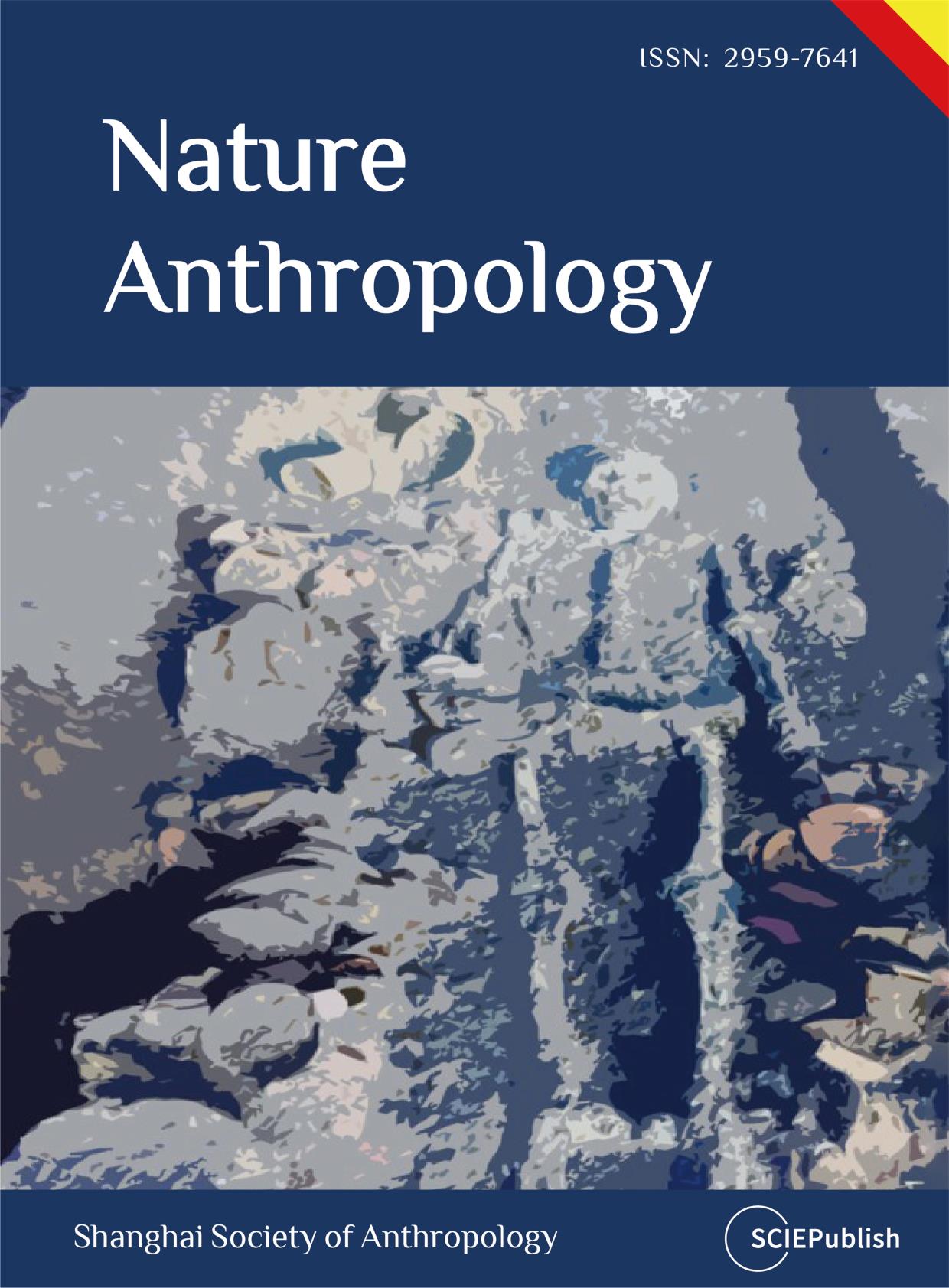
Open Access
Review
28 October 2025Digital Transformation and Circular Economy Integration: Pathways for Sustainable Business Innovation
The accelerating pace of digital transformation has reshaped how industries pursue sustainability, offering innovative ways to integrate environmental responsibility into business strategy. This study examines how digital technologies such as artificial intelligence, blockchain, the Internet of Things, and big data analytics enable the adoption of circular economy principles in sustainable business innovation. Using a systematic literature review of 85 studies published between 2015 and 2025, the research identifies key mechanisms through which digital transformation enhances resource efficiency, extends product lifecycles, and promotes transparent supply chains. The findings show that digitalization strengthens competitiveness and sustainability but presents challenges such as high implementation costs, unequal access to digital infrastructure, and the environmental footprint of information and communication technology systems. The study concludes that aligning digital adoption with organizational culture, governance structures, and supportive policy frameworks is essential for realizing circular economy strategies at scale and achieving resilient, low carbon, and sustainable business models.
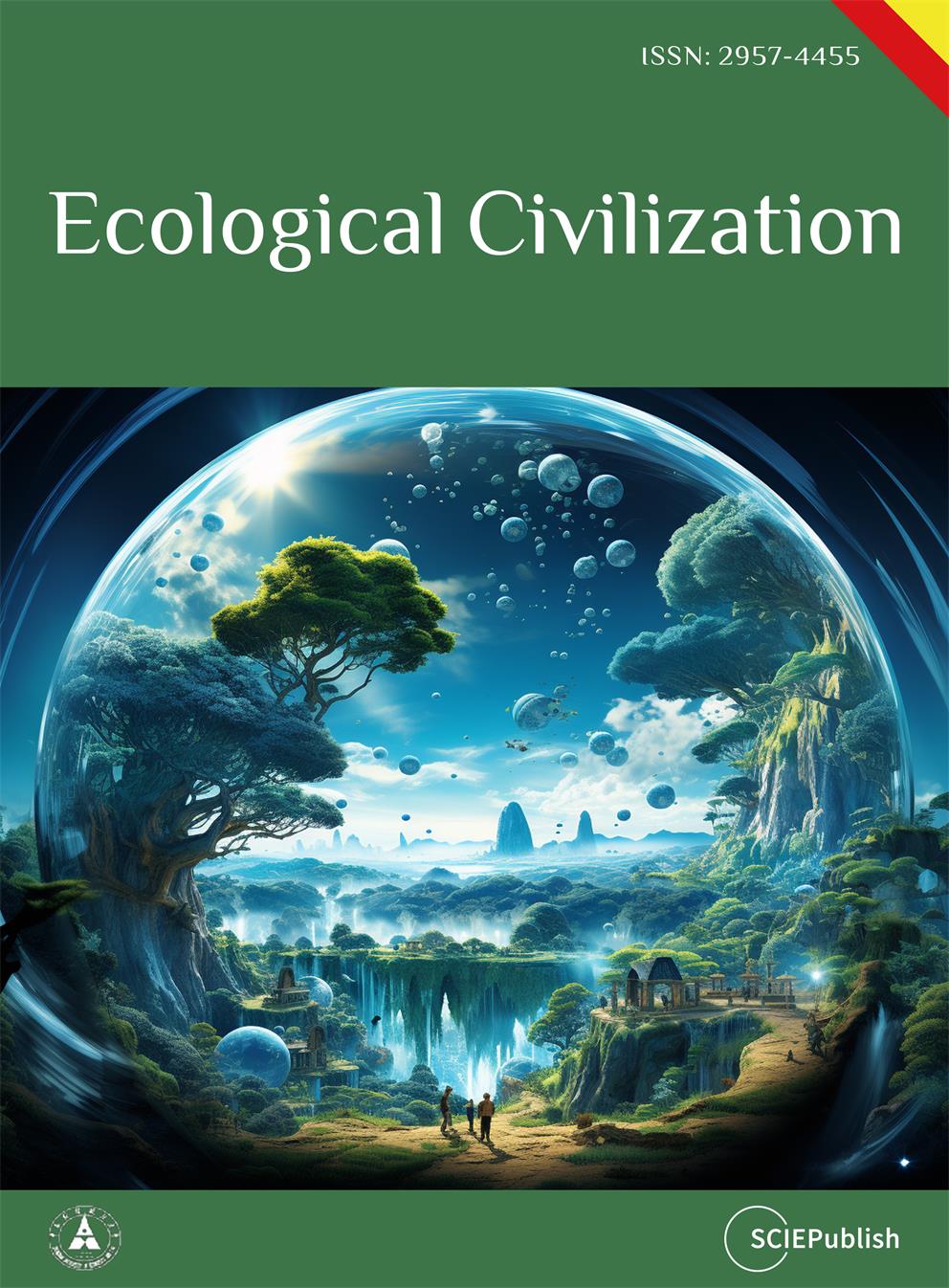
Open Access
Review
22 October 2025Beyond Genetics: Exploring Aspects of Non-Biological Kinship in Prehistoric Times
This article explores alternative ways of conceptualizing kinship in prehistoric contexts beyond the confines of genetic reductionism. While ancient DNA research has revitalized interest in the archaeology of kinship, it often privileges patrilineal or matrilineal models and risks obscuring forms of relatedness not grounded in biological ties. Drawing on comparative anthropological models and archaeological case studies, the paper highlights the complexity of kinship as manifested in practices of adoption, fosterage, commensality, co-residence, and non-biological affiliation within (non)nuclear households. By integrating socio-cultural, economic, and material dimensions, it demonstrates the diverse methodological and theoretical approaches necessary to move beyond descent-centered reconstructions. The discussion advocates for an interdisciplinary framework that challenges reductionist assumptions and opens new avenues for understanding relatedness in the deep past. Finally, the article emphasizes the village as a unit of analysis within a multi-scalar approach. It presents future directions and archaeological correlates of adoption, child circulation, and fosterage derived from archaeological, genetic, and ethnographic evidence.
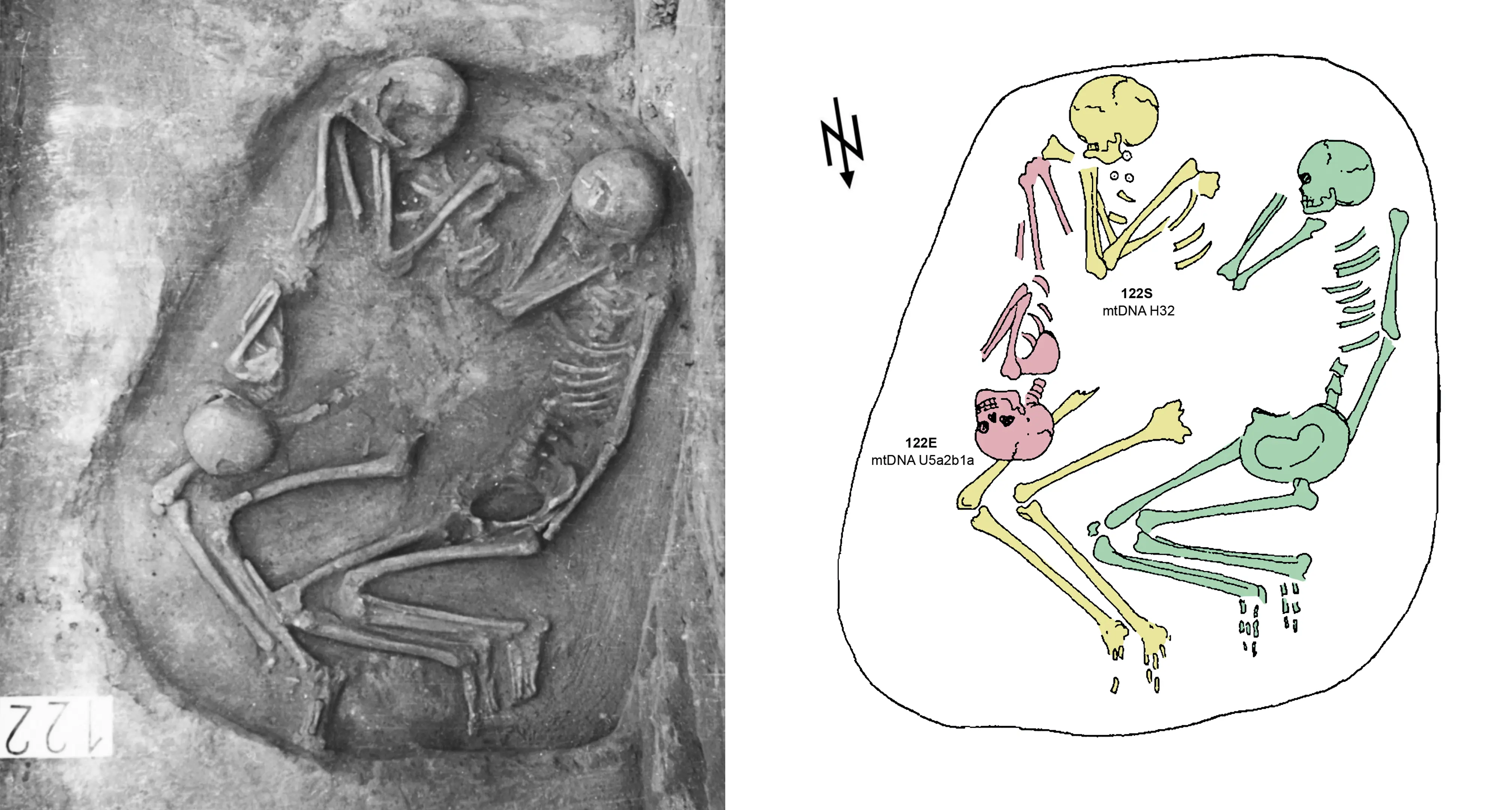
Open Access
Commentary
20 October 2025Sulfatide Inhibits Growth of Fibroblasts and Is a Potential Treatment against Fibrosis
Fibrosis of vital organs such as the lungs, liver, and kidneys is a serious condition without effective causal treatment. Here, we suggest the use of the sphingolipid sulfatide and its isoform C16, which we have found to inhibit the growth of fibroblasts. In the lungs, sulfatide can be easily administered via an inhalation spray. Alternatively, fenofibrate, an anti-cholesterol drug with no major side effects, may be used, as it enhances the body’s own production of sulfatide.
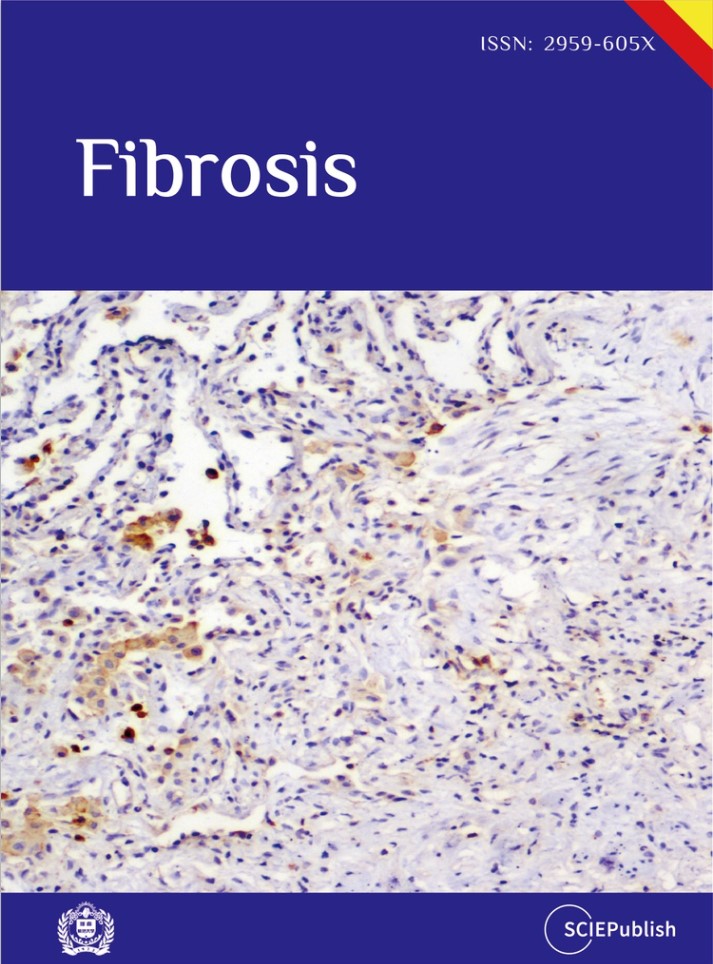
Open Access
Article
17 October 2025Enhancing Ablation Resistance of C/C-HfC-SiC Composites by In-Situ Growth of HfC Nanowires
C/C-HfC-SiC composites are promising ablation-resistant ultra-high temperature thermal protection materials. To further enhance their performance in extreme thermal environments, the introduction of HfC nanowires (HfCNWs) into the composite has been identified as an effective strategy. The quantity and morphology of the introduced HfCNWs significantly influence the ablation resistance of the composites. In this study, by controlling the concentration of Ni salt during the hydrothermal synthesis process, the loading amount of Ni catalysts on the surface of carbon fibers was regulated, thereby achieving control over the quantity and structure of HfCNWs in the C/C-HfC-SiC composites. It was found that a low Ni loading facilitates the growth of sparse and slender HfCNWs. As the Ni loading increases, the number of HfCNWs rises, gradually evolving into a high-density, multi-oriented network structure. However, excessive Ni tends to induce short, thick, and clustered growth of the nanowires. Based on this, three types of HfCNWs-modified C/C-HfC-SiC composites were prepared using the polymer impregnation and pyrolysis (PIP) process. The quantity and diameter of the HfCNWs significantly affect the ablation resistance of the composites. Among them, the composite prepared with a 4.38 wt% Ni loading exhibited excellent ablation resistance, with mass and linear ablation rates of 0.47 mg·s−1·cm−2 and 5.50 μm·s−1, respectively. The performance improvement is attributed to the formation of a continuous HfO2 skeletal structure after the oxidation of an appropriate amount of HfCNWs. This continuous HfO2 skeleton significantly enhances the ability of the oxide layer to resist high-speed gas flow erosion and oxygen penetration. This study can provide support for the design of HfCNWs-reinforced C/C-HfC-SiC composites and promote their engineering application in the field of aerospace thermal protection.
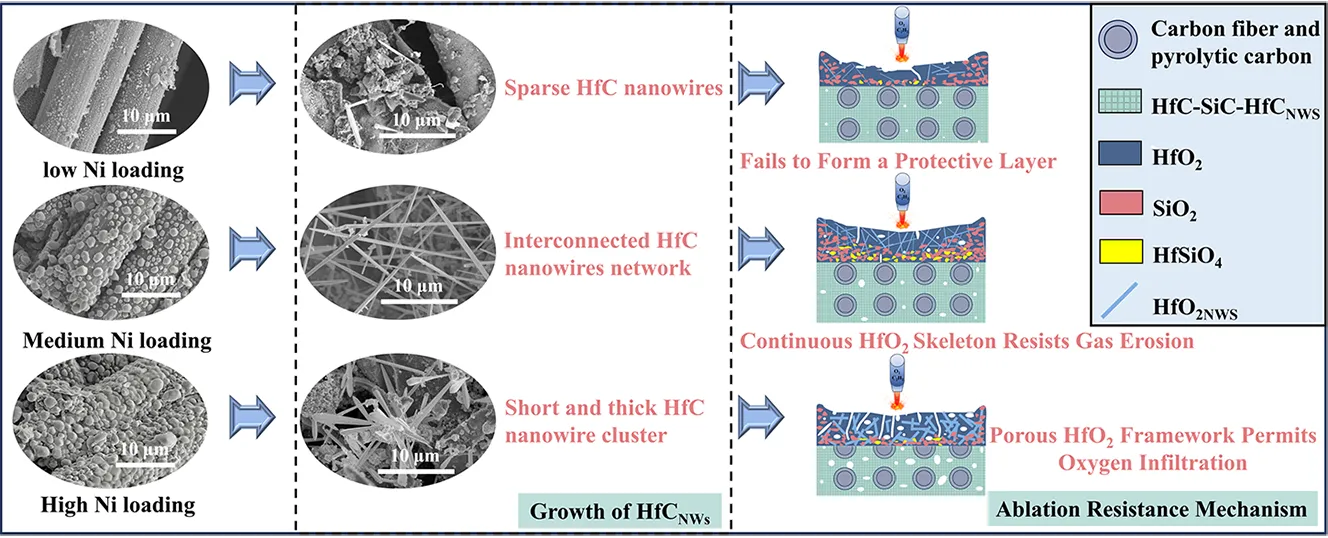
Open Access
Article
17 October 2025Bioenergy Technology and Carbon Intensity in U.S. and China: Threshold Roles of Capital Accumulation, Education and Inequality
Bioenergy technology holds significant promise for reducing carbon intensity and fostering sustainable development, yet its impact remains unclear. This article employs both a panel threshold model and a random forest model, analyzing data from the primary administrative regions in the United States and China to explore the threshold effects and regional heterogeneity of bioenergy technology on carbon intensity, where the bioenergy technology is measured using patent data. In the United States, the impact of bioenergy technology on carbon intensity initially shows a positive effect, which later turns negative as per capita capital stock increases. The technology’s inhibitory effect strengthens with higher levels of education but becomes insignificant as the Gini coefficient rises. In China, increasing per capita capital stock shifts the impact of bioenergy technology from negative to insignificant, while higher education levels enhance its inhibitory effect. The Gini coefficient, however, does not significantly affect the impact of technology. Additionally, these threshold effects exhibit notable regional variations. The study provides cross-country evidence of how institutional and structural conditions shape the carbon mitigation effects of bioenergy technology, offering practical insights for policies that combine trade facilitation, education, and inequality reduction with low-carbon energy transitions.

Open Access
Review
11 October 2025Evolutionary Game Theory for Sustainable Energy Systems: Strategic Bidding, Carbon Pricing, and Policy Optimization for Clean Energy Development
As the world transitions toward a low-carbon economy, carbon pricing mechanisms, including carbon taxes and emissions trading systems, have emerged as fundamental policy instruments for reducing greenhouse gas emissions, particularly within the electricity sector. This comprehensive review examines the impact of these mechanisms on energy market dynamics through the analytical framework of evolutionary game theory (EGT), modeling strategic interactions among power generation companies, renewable energy firms, and regulatory authorities. Our analysis demonstrates that carbon pricing systematically increases operational costs for fossil fuel-based power plants while simultaneously providing competitive advantages to renewable energy producers, accelerating the adoption of cleaner energy technologies. The study emphasizes the critical role of coordinated policy interventions, including subsidies, penalties, and green certificate systems, in facilitating the adoption of clean technologies and optimizing market transition pathways. These findings underscore the importance of well-designed policy frameworks that align economic incentives across all stakeholders to drive sustainable energy system transformation. Additionally, this research demonstrates how EGT can effectively model the strategic bidding behavior of energy firms, providing valuable insights for optimal decision-making under carbon pricing fluctuations. Through comprehensive case studies and simulation analysis, the paper illustrates how firms can leverage evolutionary strategies to optimize investments in clean technologies, enhance inter-firm cooperation, and stabilize market dynamics. This work further explores future research directions, particularly the integration of machine learning and real-time data analytics with EGT to enhance predictive capabilities and strategic decision-making processes. By establishing connections between EGT and real-world energy market dynamics, this study provides a robust analytical framework for understanding long-term behavioral trends in energy markets. The results contribute significantly to the interdisciplinary literature at the intersection of game theory, energy policy, and sustainability science, offering valuable insights for policymakers, researchers, and industry leaders advancing clean energy transition strategies.
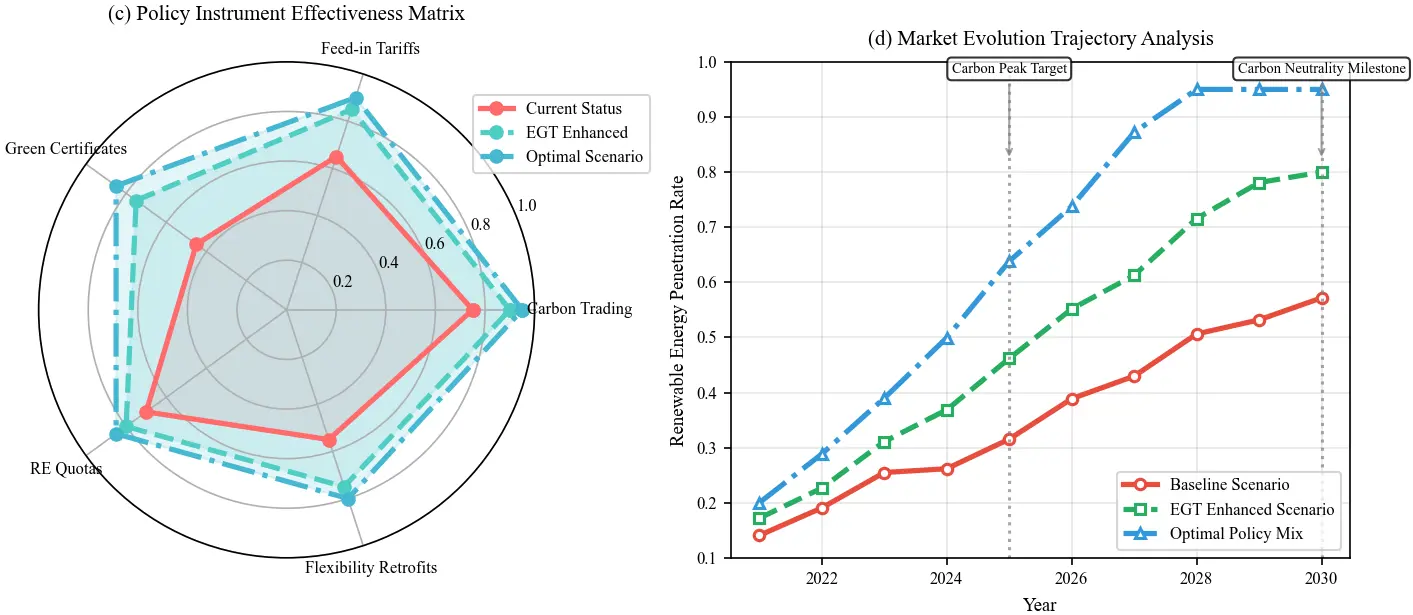
Open Access
Article
10 October 2025Guidance and Control System for an Unmanned Combat Aerial Vehicle as a Wingman
This study focuses on designing and testing a formation guidance system for a UCAV as a wingman to an F-16 fighter jet. A critical assessment of the UCAV autopilot revealed areas for improvement, which were addressed to refine the stable foundation of the autopilot for implementing the guidance system. This system uses PID controllers to minimise the along-track, cross-track, and vertical-track errors during standard manoeuvres. The system performed exceptionally well in the vertical (z) direction but showed robustness challenges in the along-track (x) and cross-track (y) directions under wind disturbances. A notable outcome was the identification of a novel mathematical relationship between the along-track offset command and its gains, offering a pathway for advanced formation systems. These findings pave the way for future enhancements in diverse formation operations.
